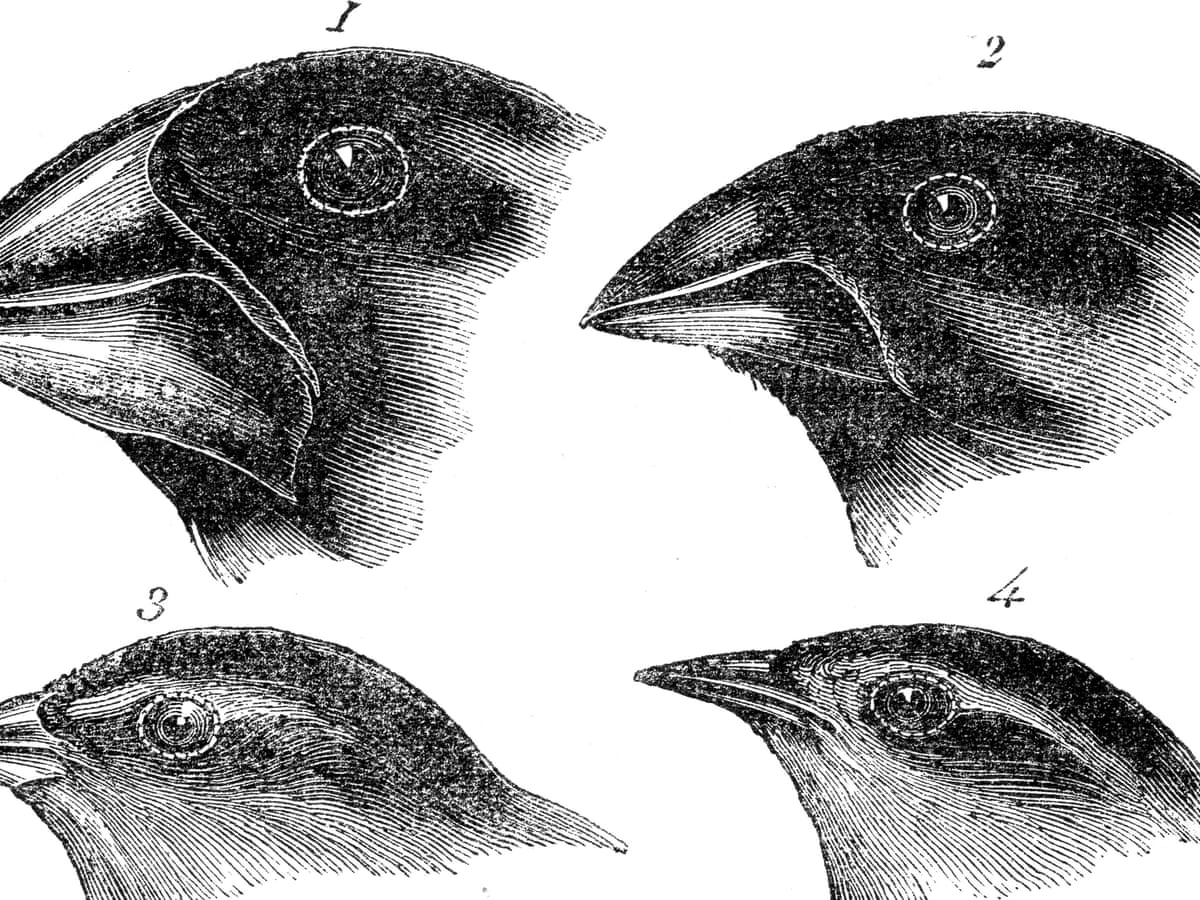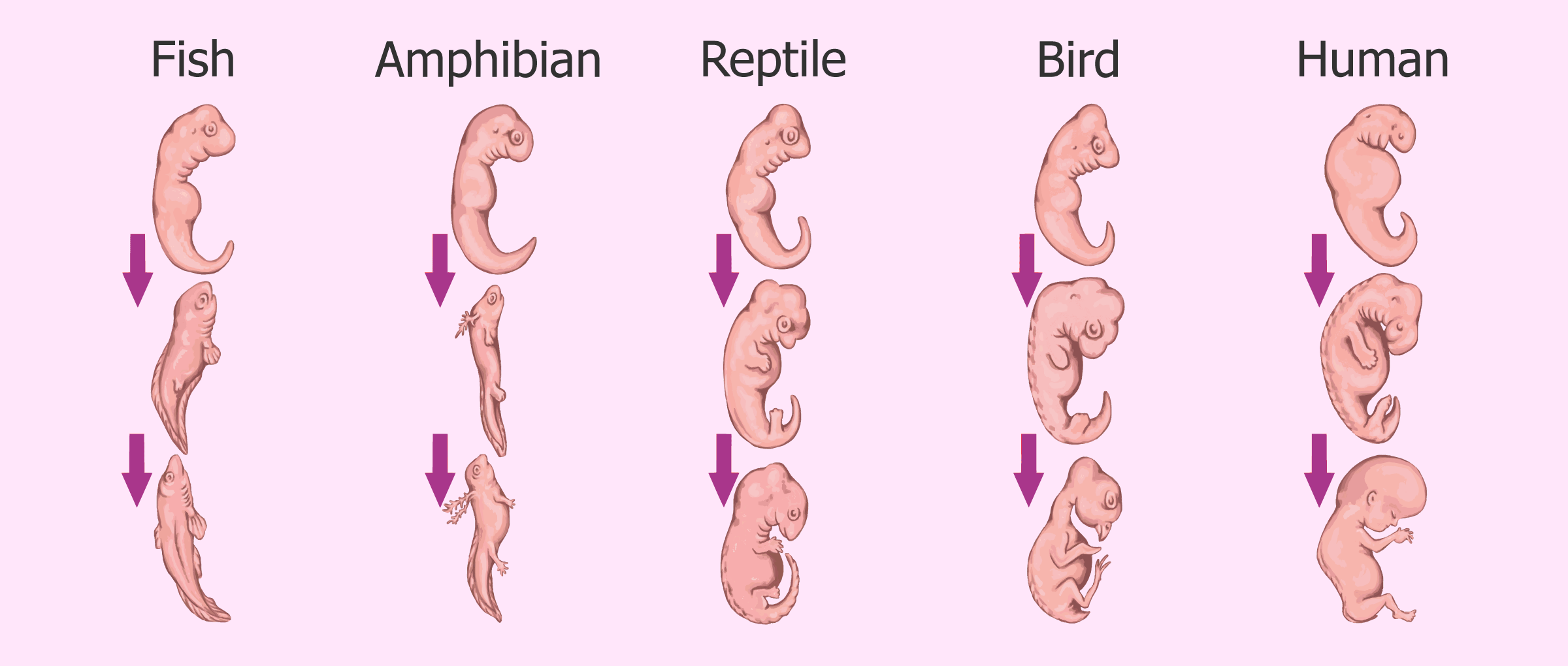This week in math we learned how to evaluate factorable expressions that contain functions, containing variables like x and y. This process is important because it allows you to solve for the restrictions of the variables as well the skill of being able to turn a complicated expression into a more neat and clean looking expression. Being able to factor expressions containing functions is important because it is a concept that we will build upon in further units and levels of math. I chose this topic because I enjoyed the process of substituting my functions with variables.
Lets look at some examples…
Example 1.

My first step is to rewrite the expression by subsituting variables where my functions are. Once you do this, you will notice my new expression is similar to the expresson + 4a + 3
Now that I have rewritten my expression, I need to find what multiples of 1 and 3, multiply together to give me a sum of 4. In this case, 3 x 1 = 3; and 1 x 1 = 1 | 3 + 1 = 4 which is what we needed to determine the factors of our expression. We add the terms across giving me (1a + 3) and 1a + 1) or in other terms (a + 3)(a + 1)
Now we want to subsitute our original values of x into a. (X + 2 + 3)(X + 2 + 1)
Finally we can add like terms, since 2+3 = 5 the first factor is (x + 5) and our second factor is (X + 3)
Example 2.

In my first step, I substitute my functions of x + 2 and y + 5 with a and b; x + 2 = a; y + 5 = b
In my next step, I look for one thing in common between both terms. I divide 32 and -18 by the GFC of 2.
In this step, I move the two that I simplified the expression with outside of the brackets, you cannot get rid of it. This leaves me with 2(16 – 9
)
I can further factor this expression because 16 and 9 are perfect squares, and and
means that there is one a and one b in each set of brackets. This leaves me with 2(4a + 3b)(4a – 3b)
5. In this step, I subsitute my original functions back into my factored expression 2(4a + 3b)(4a -3b) = 2[4(x+2) + 3(y+5)] and my second term [4(x+2) – 3(y+5)
6. Now I can expand this expression and collect like terms. Distribute 4 to x + 2. 3 to y + 5. On the right side i do the same, distribute 4 to x and 2, and -3 to y and 5. My new expression is now 2(4x + 8 + 3y + 15) and on the right side (4x + 8 – 3y – 15)
7. Finally I can add like terms giving me 2(4x +3y + 23)(4x -3y -7)
Glossary:
Function : A function from a set X to a set Y assigns to each element of X exactly one element of Y.
subsitute: substituting the value of any one of the variables from one equation into the other equation.
 On September 15, 1835 on the return route across the Pacific, the Beagle arrived in the Galapagos Islands where Darwin would make his most notable discoveries. It was here on the Galapagos, that Darwin discovered the vast diversity of different animals on the islands, some species being exclusively located on the Galapagos, such as the finches he discovered.
On September 15, 1835 on the return route across the Pacific, the Beagle arrived in the Galapagos Islands where Darwin would make his most notable discoveries. It was here on the Galapagos, that Darwin discovered the vast diversity of different animals on the islands, some species being exclusively located on the Galapagos, such as the finches he discovered. He noticed that
He noticed that  (biologyonline). For example, all vertebrate embryos have gill slits and a tail during early stages of development. The developmental patterns of these species begin to differ as development advances, which explains why the embryonic tail of a human is now a tailbone, and the ‘gill slits’ develop to become into the jaw and inner ear. These shared features suggest that all living things descend from a shared ancestor, and that this ancestor had DNA as its genetic material, used the genetic code, and expressed its genes. The reason that we do not still have our tail, and why we differ from birds or fish is due to Mutation. Hox genes encode transcription factors and are necessary during embryonic development for determining how the cells in a specific region develop, however all that is needed to determine if an animal has arms, or gill slits is a few mutations. This process entails a piece of DNA called a ‘switch’ that turns “on” or “off” genes. (What Darwin Never Knew). Genes are turned on and off in different patterns during development to allow for the differentiation of cells. This connects back to Darwin’s theory of evolution because it the reason that all species of life are related but evolve to become different. A great example of how mutations coded for a new species is that of many prehistoric fish, specifically that of the Tiktaakik.
(biologyonline). For example, all vertebrate embryos have gill slits and a tail during early stages of development. The developmental patterns of these species begin to differ as development advances, which explains why the embryonic tail of a human is now a tailbone, and the ‘gill slits’ develop to become into the jaw and inner ear. These shared features suggest that all living things descend from a shared ancestor, and that this ancestor had DNA as its genetic material, used the genetic code, and expressed its genes. The reason that we do not still have our tail, and why we differ from birds or fish is due to Mutation. Hox genes encode transcription factors and are necessary during embryonic development for determining how the cells in a specific region develop, however all that is needed to determine if an animal has arms, or gill slits is a few mutations. This process entails a piece of DNA called a ‘switch’ that turns “on” or “off” genes. (What Darwin Never Knew). Genes are turned on and off in different patterns during development to allow for the differentiation of cells. This connects back to Darwin’s theory of evolution because it the reason that all species of life are related but evolve to become different. A great example of how mutations coded for a new species is that of many prehistoric fish, specifically that of the Tiktaakik. (What Darwin Never Knew). It has the body of a fish with scales, but also the bone structure is seen in all four-legged forms. The fish evolved into what we know as modern-day land animals. However, some of the same bone structure remains between fish and land animals such as human. Another example is the biological composition of human and chimps. Chimps are human’s most closely related relative, with only a 1% difference in DNA. (What Darwin Never Knew) Once again, mutation is responsible for the evolution into different species. After the separation of ancestor lineages, human and chimpanzee genomes experienced various mutations such as single nucleotide substitutions, deletions, and duplications of DNA fragments of different size, insertion of transposable elements and the rearrangements of chromosomes. (Live Science). Differences in the sequences of DNA that turn genes on and off, and through sequences of the DNA that throw switches, is what is responsible for the large changes of different organisms, despite only small differences in the DNA molecule itself. This shows how small differences in DNA can generate enormous change.
(What Darwin Never Knew). It has the body of a fish with scales, but also the bone structure is seen in all four-legged forms. The fish evolved into what we know as modern-day land animals. However, some of the same bone structure remains between fish and land animals such as human. Another example is the biological composition of human and chimps. Chimps are human’s most closely related relative, with only a 1% difference in DNA. (What Darwin Never Knew) Once again, mutation is responsible for the evolution into different species. After the separation of ancestor lineages, human and chimpanzee genomes experienced various mutations such as single nucleotide substitutions, deletions, and duplications of DNA fragments of different size, insertion of transposable elements and the rearrangements of chromosomes. (Live Science). Differences in the sequences of DNA that turn genes on and off, and through sequences of the DNA that throw switches, is what is responsible for the large changes of different organisms, despite only small differences in the DNA molecule itself. This shows how small differences in DNA can generate enormous change. 




















